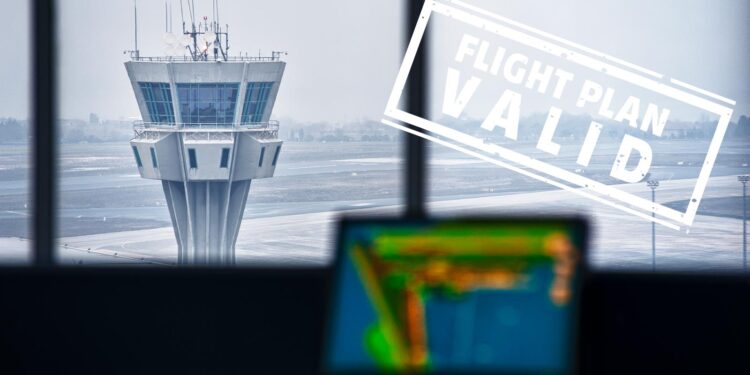Guidelines for Managing the Flight Planning Process: Part 2 of 2

This business aviation blog post continues from our article last week entitled, “Guidelines for Managing the Flight Planning Process: Part 1 of 2.”
Each country has different regulations and requirements that must be adhered to as to when, where and how to file a Flight Plan (FPL) as well as revising flight plans.
The following is an overview of what you need to know:
1. Filings are more complex in some areas
While most locations around the world follow ICAO standards when filing a FPL, some may require additional information to be included in the FPL message. Some may require pilot license numbers such as Brazil, your departure/arrival slot number as is the case with many locations in Europe, or some may require additional equipment notations like “ACAS Equipped” in countries such as China and Mongolia.
2. Flight plan revisions
Keeping revisions to a minimum helps in reducing confusion and/or potential errors, especially in countries where automation of flight plan processing is not used. Revisions can be made at any time after the initial FPL has been filed, but best practice is to work out any changes tactically with air traffic control (ATC) once you are within 45 minutes of departure.
3. Filing errors and denials
When filing flight plans on your own through a local service or directly to ATC, those entities will normally let the crew know if there are filing errors or if the flight plan has been denied. If you’re using a 3rd-party provider, they’ll be notified of any errors that need to be corrected in order to successfully file the flight plan.
4. AFTN requirements
While the typical communication method for filing a FPL is via AFTN, there are still some locations that only accept a FPL via fax or hand delivered by the local handler or directly from a crew member. Also, note that if that the departure location is going to file the FPL to the downline ATS units or if you will need to do that yourself, you will need to provide a list of downline AFTN addresses to that location.
5. Accuracy of data
It is important to ensure the data provided in the filing of the FPL is accurate and that you have knowledge of what is being filed. Filing a FPL with in-accurate equipment codes could cause FPL rejections, delays, re-routes, or less than optimum route/flight level.
6. Complexities to be aware of
Some regions are more complex than others in terms of filing flight plans. In order to file a flight plan on the day of departure in Brazil all local fees must be paid. Note that many countries that require overflight and/or landing permits want permit numbers included in the Remarks (RMK/) field of Item 18 of the FPL.
For example, Cuba requires that your overflight permit be listed in the flight plan or overflight will be denied.
7. Outstanding nav fees
When filing flight plans be aware that if any navigational fees are outstanding, the appropriate ATC will likely send an AFTN message stating that your flight plan is denied. In such cases you’ll normally need to reroute around that country’s airspace as the process of bringing outstanding fees up-to-date can take some time.
Conclusion
If you have questions about particular flight plan filing requirements for certain regions or destinations it’s best to review appropriate AIPs. For additional information, talk with your 3rd-party provider.
Questions?
If you have any questions about this article or would like assistance filing your flight plans, contact me at jasondavidson@univ-wea.com.



